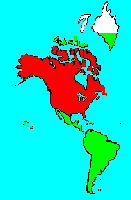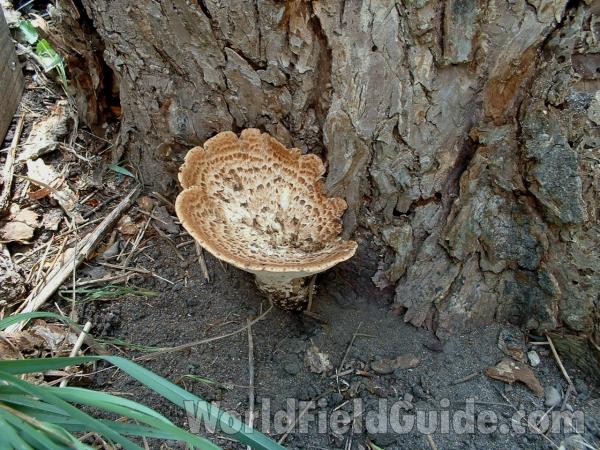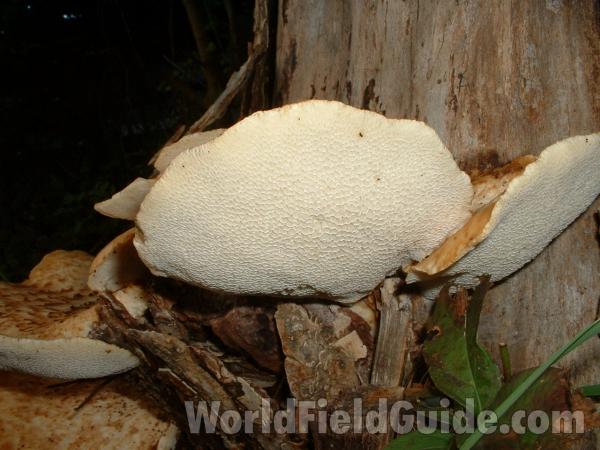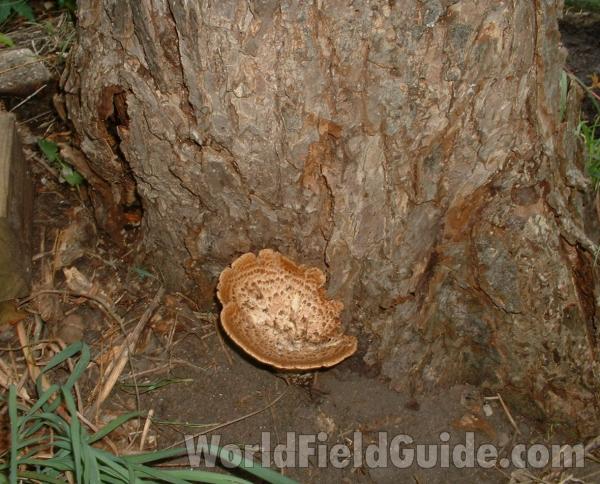SPECIES INFO
Mushrooms (Agaricales order) are a group of fungi commonly known as mushrooms and toadstools, names that can be used interchangeably. The "gills" are usually on the underside of a umbrella-shaped cap which is the fruit/body. This order is a member of the sub-class Hymenomycetes. It boasts many of the species that will generally be discovered by the field naturalist.
While many members of this order are edible, great care should be taken before consuming them because many species are also poisonous. It is wise to begin by becoming familiar with the deadly species in the beginning. While identification is generally more difficult from drawings, pictures or verbal descriptions, seeing a species in its natural habitat makes future identifications much easier.
"Mushrooms" have varying nutritional value with some having significant amounts of protein as well as vitamins of the B1 and B2 groups.
Basidiomycotina is a phylum that contains most of the large fungi such as mushrooms, toadstools, puffballs, stinkhorns, coral fungi, etc. Many species in this group are deadly poisonous. Wild collected mushrooms should not be eaten as the chance of a mis-identification is very high. Most of the photographs in this group have been taken in the field by amateur photographers. There are certainly errors of identification in this group of images. This product should not be used to make decisions on edibility.
Most fungi are parasites on plants. Identification of many fungi is very difficult because their form and color is dependent on local conditions. One should not eat wild collected mushrooms as many edible species have poisonous look-alikes. Although we believe many of the species we show in this group are correctly identified, we are also aware of instances where we doubt the identification. We include these species to show the diversity of life, as opposed to a method of precise species identification.








